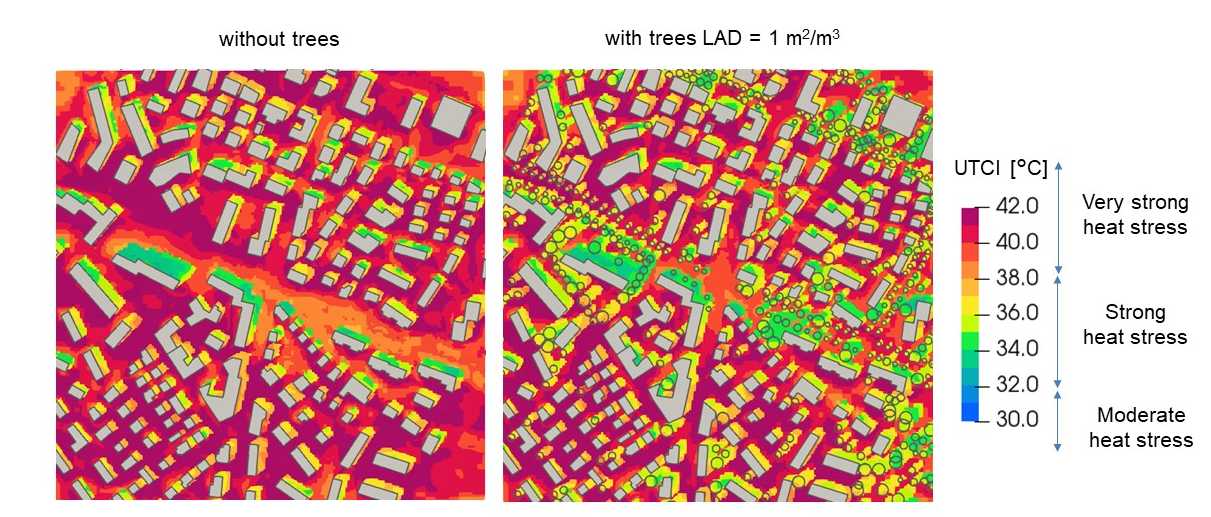How to beat the heat in cities through urban climate modelling
Jan Carmeliet and Dominique Derome recently wrote a comment paper on invitation by Nature Reviews Physics. In the paper, they explain how computational fluid dynamics can help with designing more sustainable cities.
Jan Carmeliet is an expert on urban climate and heat wave mitigation. He is professor at the Chair of Building Physics at the Departement of Mechanical and Process Engineering of ETH Zurich. Dominique Derome specializes in building and urban physics aiming for a more resilient built environment. She is professor at the Université de Sherbrooke, Canada, and holds a Canada Research Chair tier I in Multiscale Building Physics. As experts in the field, the two researchers were asked to write an exclusive article for the journal Nature Reviews Physics to explain what factors make cities turn hot, and what can be done to cool them.
The goal of the publication is to help the physics community contribute to sustainable goals. The comments paper was published on 22 November 2023 and is part of a collection of articles on the subject of physics and sustainability that the journal published this year.
Read the paper at external pagenature.com

